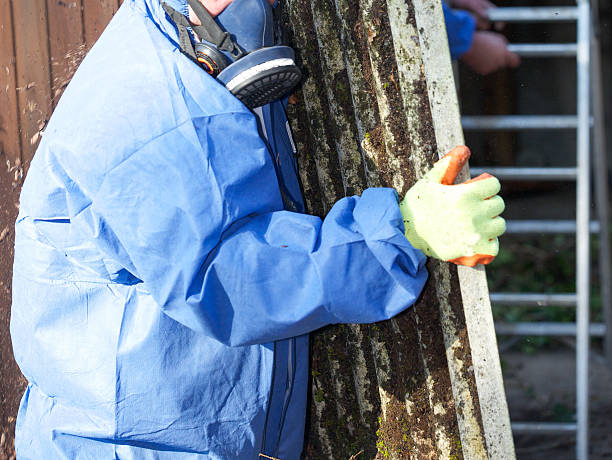What Can Cause Secondary Asbestos Exposure?

Workers in many occupations worry about the dangers of deadly asbestos exposure. From construction work and home renovations to factory work and shipyards, some occupations are more at risk than others. Unfortunately, asbestos exposure is not only limited to the workers themselves.
A worker who comes in direct contact with hazardous material experiences primary exposure. Secondary exposure, then, refers to the others who face danger from indirect sources. This is also referred to as non-occupational exposure, familial exposure, secondhand exposure or domestic exposure. This can impact spouses, children, close friends or loved ones.
Secondary exposure occurs when workers carry asbestos fibers and other dangerous particulate matter from the workplace into other environments. These materials are often too small to identify and if the worker does not follow proper washing procedures, friends and family members are at risk. There are four common ways secondary exposure occurs:
- Vehicles: It is not uncommon for workers to leave the workplace and immediately get in the car or truck to go home. Unfortunately, asbestos fibers can transfer from the work clothing or the exposed body parts to the vehicle’s interior. If other individuals share the use of this vehicle, they will likely experience secondhand exposure.
- Household items: By the same token, a worker who brings the asbestos fibers home can then transfer them to furniture and other household items. Beds, chairs, carpeting and appliances could all trap and house the dangerous material.
- Clothing: Workers might feel they are acting with safety in mind by washing their work clothes as soon as they get home. Unfortunately, the contaminated materials can transfer the fibers to other clothing in the same wash cycle. Additionally, the asbestos fibers can become trapped in the washing machine only to be transferred to another family member’s clothing in the future.
- Personal contact: From hugs and handshakes to a kiss or shoulder rub, workers can transfer the asbestos fibers to secondary individuals through even passing contact.
Asbestos is a naturally occurring mineral that generally poses no harm in its undamaged state. Unfortunately, when the material begins to deteriorate, erode or is pulverized, asbestos fibers are released into the air. When individuals inhale these fibers, they can cause devastating damage to the lungs. Conditions such as mesothelioma, asbestosis and lung cancer can have a catastrophic impact on workers and their loved ones.



